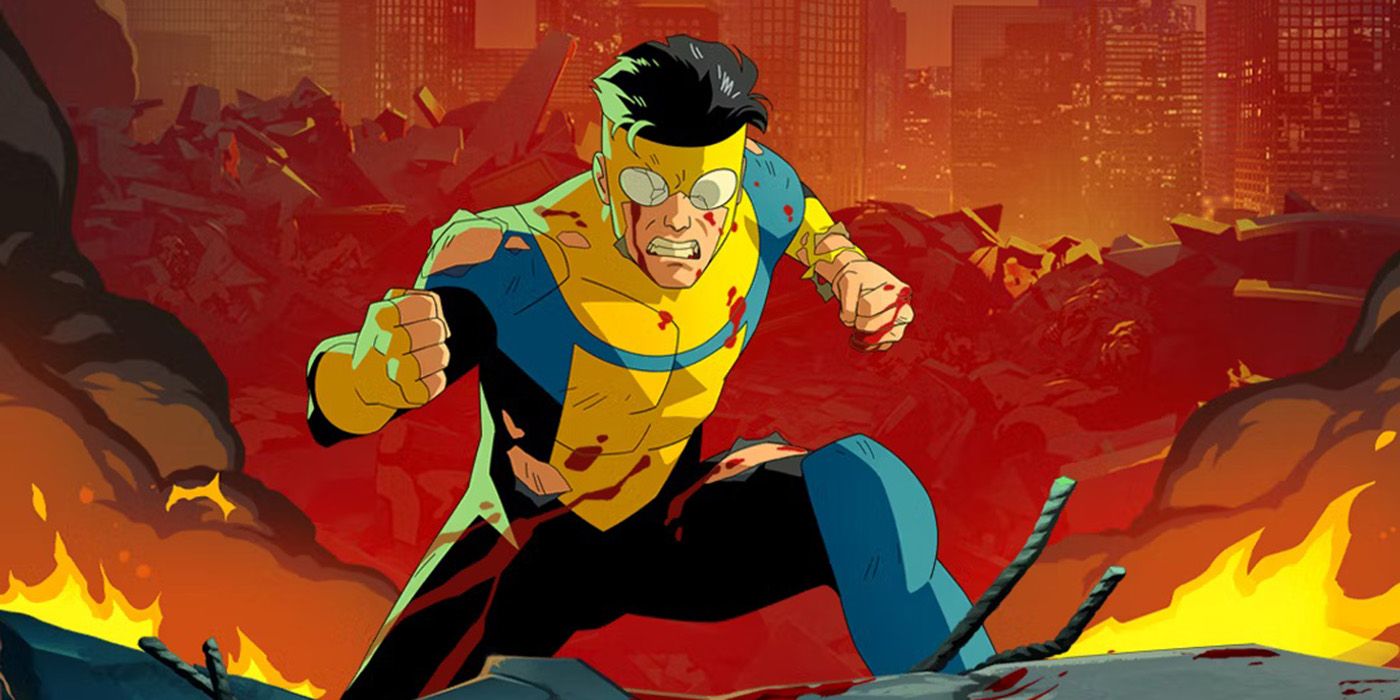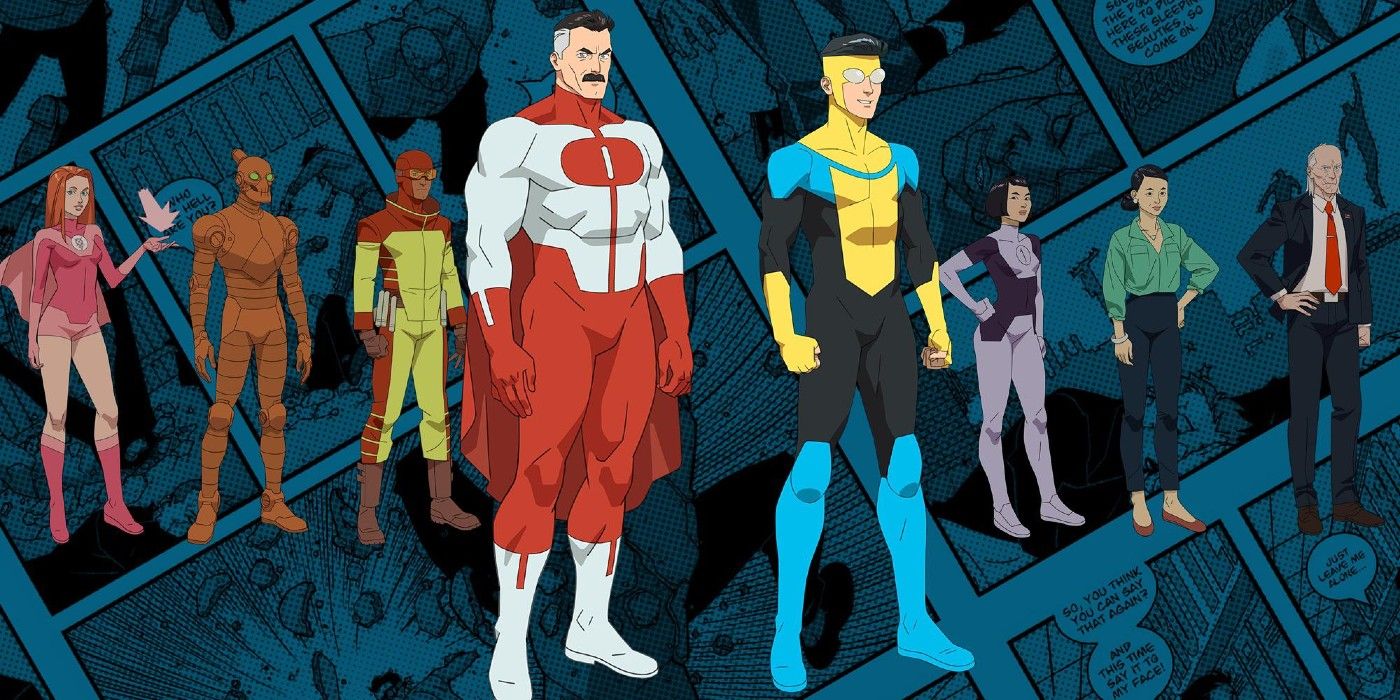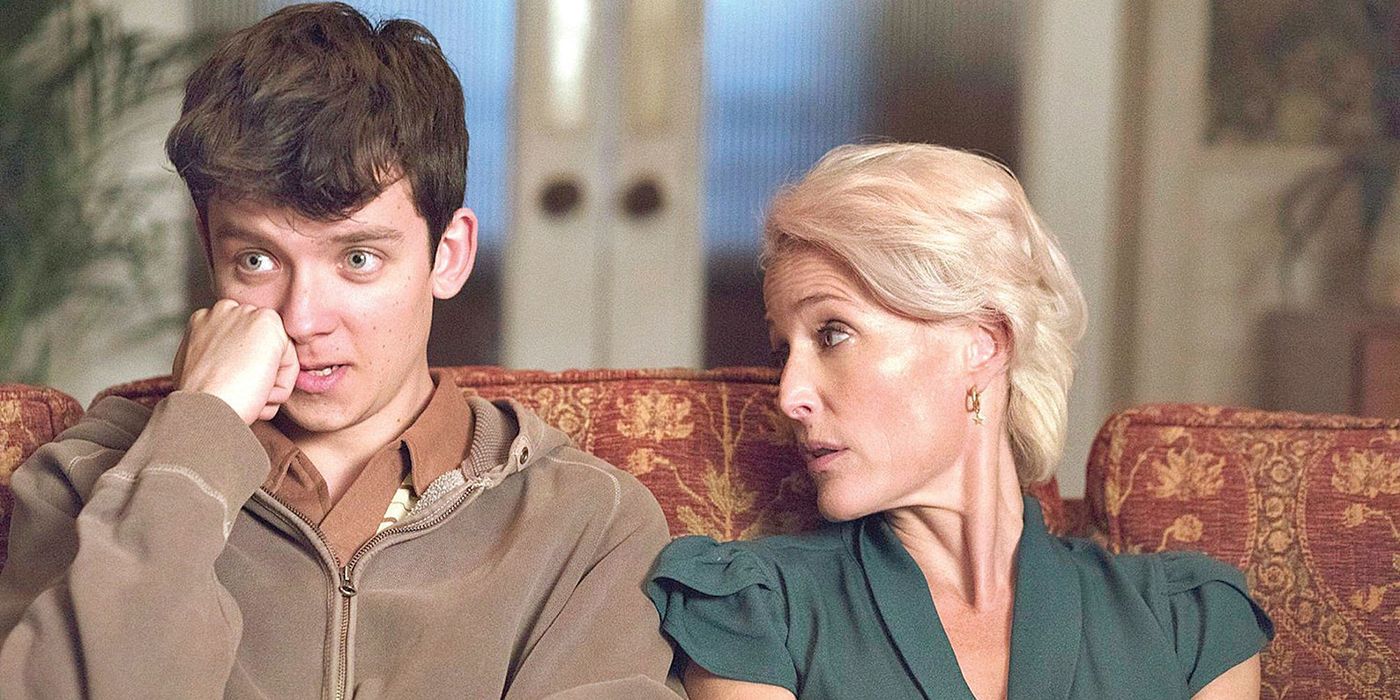The Big Picture
- Prime Video’s
Invincible
improves upon its source material by revealing Omni-Man’s villainous nature early on, creating a more intense and suspenseful atmosphere. - The show addresses the pacing issues of the comic by integrating plot lines and resolving them within a single episode, making for a more coherent narrative and engaging experience.
-
Invincible
‘s TV adaptation embraces diversity and social consciousness, rectifying problematic elements from the comic and presenting more nuanced and believable characters.
It’s rare to see a TV adaptation of a comic book that does justice to its source. It’s even rarer to see the adaptation improve upon its source. But Prime Video’s Invincible pulls off this miraculous feat with effortless ease. To those who have read the comics, the show has a tendency to feel like a highly edited and polished final version of a previously flawed draft. And that’s to be expected since the show came out about 18 years after the comics first started and is created by one of the original writers of the comics, Robert Kirkman. Indeed, the show is more mature than the comics and feels like a culmination of lessons gathered by Kirkman throughout the years. That’s not to say that the adaptation is unfaithful to its source. The show hangs on to the same spirit that made the comics popular, but while holding on to the strengths of the source, the show improves upon the weaknesses of the comics.
Invincible
Invincible is an adult animated superhero series that revolves around 17-year-old Mark Grayson, who’s just like every other guy his age — except his father is the most powerful superhero on the planet, Omni-Man. But as Mark develops powers of his own, he discovers his father’s legacy may not be as heroic as it seems.
- Release Date
- March 25, 2021
- Creator
- Robert Kirkman
- Seasons
- 2
- Streaming Service(s)
- Prime Video
J.K. Simmons’ Omni-Man Has a More Intimidating Presence
The biggest and the most obvious change enacted by the show is the early revelation of Omni-Man’s (J. K. Simmons) villainous nature. To comic book readers, the surprise comes very late and feels like a major plot twist. The show, however, gets to it early on — the very first episode, in fact. The show is less interested in extracting shock value out of the revelation, and instead uses this new information to heighten the tension and intensity of the scenes in which Omni-Man appears. And it works extremely well. Since we are aware of the cruelty that Omni-Man is capable of, everything from his silence to his outbursts has more gravity and induces anxiety. Every time he shares a scene with someone, we feel nervous and unsure if the other person will make it out of the interaction alive.
This sense of trepidation also has to do with how the violence is depicted in a truly visceral manner. The comic isn’t rainbows and sunshine either, but it spares its readers the gritty details of violence, whereas the show goes all out in its depiction of gore. For example, the scene where Omni-Man slaughters the Guardians of the Globe is mostly glossed over in the comics, and the readers are only allowed the aftermath of the gruesome battle. Prime Video’s Invincible, however, takes its time with the gore and gives us a frame-by-frame visual of crushed skulls and decapitated bodies. In another instance, the infamous train scene — where Omni-Man holds Mark’s (Steven Yeun) body against an incoming train to massacre everyone inside — isn’t there in the comics, but the show goes out of its way to portray it. And in doing so, the show doesn’t just tell us how powerful and cruel Omni-Man is, it shows us.
Prime Video’s Series Improves Upon the Comic’s Pacing Issues
For all its merits, the comic version of Invincible suffers severely with scattered and haphazard pacing. Quite often, readers would be introduced to an intriguing plot-line in one issue, and several issues would go by before anything significant happens with it. After recognizing this pattern, it becomes difficult for the readers to invest themselves into a storyline since they know they’d have to wait a while before it’s finally paid off. A perfect example of this problem is Season 1’s cyborg storyline where Mark’s friend Rick gets kidnapped by D.A. Sinclair, a kid from his college, to be turned into an indestructible cyborg. When Mark learns of Rick’s disappearance in the comics, he postpones his rescue because he’s been busy and tired. As a result, the Sinclair subplot gets teased for more than 30 issues before finally being resolved.
The show, however, doesn’t make its viewers wait as long. The show integrated the beginning, middle and end of the Sinclair plot into a single episode. This approach remedies the problem in two ways. Not only does it demand the complete immersion of the audience into the story, but it also makes Mark seem like a good friend with a sense of urgency to save his friend, rather than a sloppy superhero who waits for months before getting to an important task at hand. The show pulls its subplots from many disparate points in the comics, but unlike the comics, the show is much more efficient at delivering satisfying resolutions. This ascribes a comforting sense of coherency to the show, which often feels lacking in the comics.
The ‘Invincible’ TV Show Has a More Diverse and Believable World
Since the first issue released in 2003, there are many elements of Invincible that have aged poorly by today’s standards. Some dismiss the problematic aspects, claiming it’s a product of its time, while for others it’s a total deal-breaker. At any rate, though, everyone can appreciate the active effort made by the show to make it more diverse and socially conscious without appearing preachy. In the comics, Mark’s best friend William is casually homophobic and often makes distasteful jokes using homosexuality as a punchline. Later, it turns out that William is actually gay himself, but the revelation is treated like a twist intended to shock the readers. Moreover, the manner in which the comic reaches this conclusion feels very jarring.
The show rectifies this by revealing early on that William is gay. There is no grand coming out story, everyone around him is just aware of this fact and doesn’t bring any unnecessary attention to it. The show treats his identity with dignity, and at one point it’s also masterfully incorporated into the D.A. Sinclair storyline in a poignant, albeit meaningful, manner. Mark’s girlfriend, Amber, is white with blonde hair in the comics, and doesn’t have as complex and strong a personality as the show’s version. In the comics, she is happy to learn about Mark’s superhero identity, but in the show, Amber (Zazie Beetz) figures it out herself and holds him accountable for lying. In a way, Amber reminds Mark of his humanity, perhaps similarly to how Debbie (Sandra Oh) affected Nolan. Since Mark’s mother is Korean American in the show, his racial identity has been swapped, which set up an interesting background for the superhero.

The 10 Strongest ‘Invincible’ Characters, Ranked
They’re not invincible, but they’re close.
The deviations that the show takes from the comics aren’t all that radical, but these changes come together to acknowledge the vast diversity of the world that we live in without departing any moral lessons. Indeed, it’s in such subtle changes that the show truly differentiates itself from its source. The comics ran for about 15 years, and in that time they narrated a compelling but flawed story. But in that process, they laid down the foundation for its potential greatness. The show recognizes these foundations, and it makes the most minute changes – a reorganizing of the narrative here, a race swap there, in order to harness the maximum storytelling potential from the comics.
Invincible is streaming on Prime Video in the U.S.
WATCH ON PRIME VIDEO




